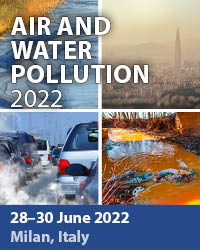Role Of Science-based And Adaptive Management In Allocating Environmental Flows To The Nueces Estuary, Texas, USA
Price
Free (open access)
Transaction
Volume
122
Pages
12
Page Range
559 - 570
Published
2009
Size
477 kb
Paper DOI
10.2495/ECO090511
Copyright
WIT Press
Author(s)
P. A. Montagna, E. M. Hill & B. Moulton
Abstract
The Nueces River System has been subject to adaptive management since construction of the Choke Canyon Reservoir in 1982. A special condition required the City of Corpus Christi to provide not less than 185 million cubic meters (151,000 ac-ft) of water per year to the Nueces Estuary through a combination of spills, releases, and return flows to maintain ecological health and productivity of living marine resources. However, no releases were made and salinities in Nueces Bay increased to hypersaline conditions during the drought period of 1988–1990 and the estuary was inverted where fresher water entered the delta on high tides. In contrast, the bay historically supported populations of shrimp and oysters generally requiring salinities in the range of 10–20 ppt. Beginning in May 1990, the Texas Water Commission issued a series of Orders requiring the City to meet the special conditions contained in their water right permit and provide for freshwater inflows to the estuary. Since 1990, a series of restoration activities, monitoring and experimental studies, and Order amendments has resulted in a stakeholder driven process that increased environmental health while providing a sustainable water supply to the region. However, with climate change and continued development, more changes are likely to occur in the future. The lesson learned is that the goal of achieving consensus can occur with a blend and balance of science and a stakeholder decision process. Keywords: freshwater inflow, wetlands, marsh, shellfish, dams, water resources.
Keywords
freshwater inflow, wetlands, marsh, shellfish, dams, water resources





